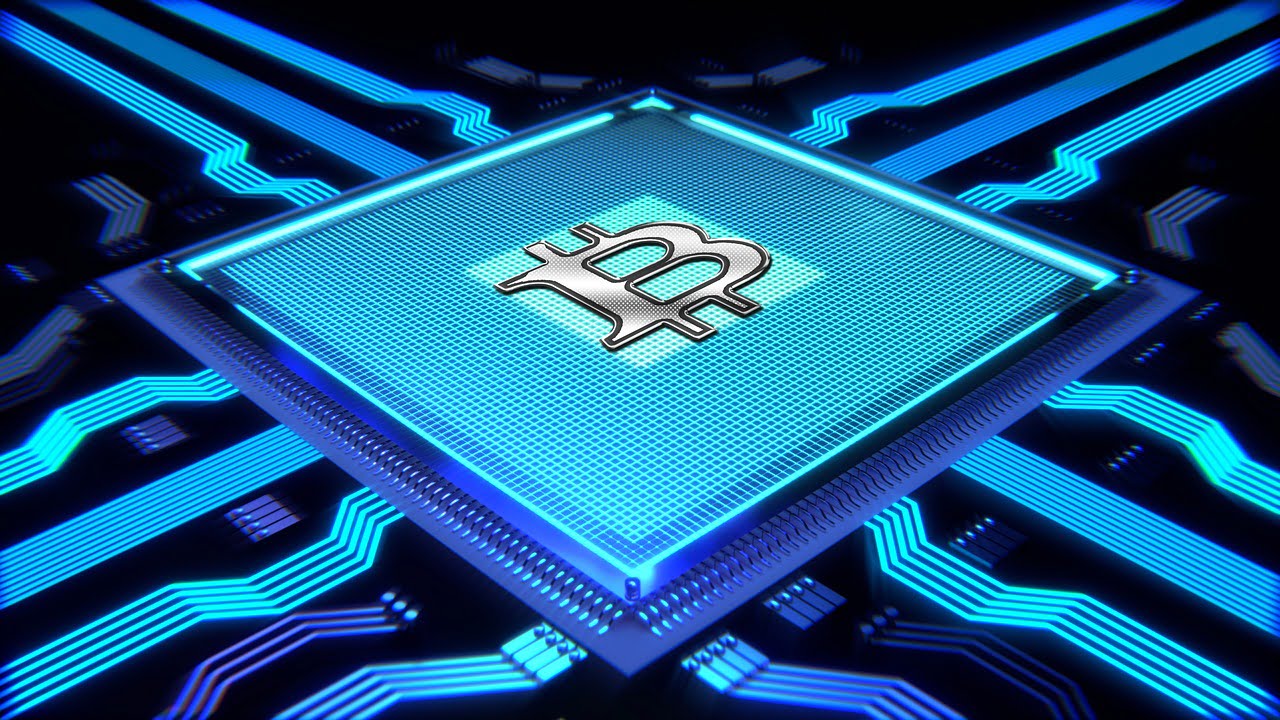For many, DeFi is a fringe financial technology sector where people are able to make money using complex concepts of farming and staking. While reinventing the wheel is true to some extent in DeFi, this has led to many believe that this novel industry has little practical use.
Q2 2021 hedge fund letters, conferences and more
Not so in anymore though. HappyFresh, a leading online grocery store in Asia is aggressively expanding its business. With the state of the world today due to COVID-19, the online store has had an opportunity of a lifetime. Yet, it faced a major hurdle. With an unexpected demand increase, it needed financing to cater to an increased customer base but was unable to do so as local banks did not approve its applications.
Luckily, the store was able to secure e-commerce financing in cryptocurrencies, giving the company the ability to have cashflows necessary for its operations, thanks to DeFi service platform Shuttle One.
True, compared to the overall $80 billion locked in DeFi, practical cases of everyday operations are small, but that is changing quickly as firms all over the world are rapidly using the technology to enhance their businesses.
Real-Life Cases Of DeFi
If you are willing to put aside the notion of DeFi as only yield farming and staking, the term encompasses all financial activities that can be done using blockchain. After all, it’s in the name (Decentralized Finance) itself. In a very short period, DeFi’s adoption rate has risen exponentially and today there are several examples of how the technology is a saviour. Let's have a look at a few practical cases where the implementation of DeFi has revolutionized different sectors.
-
Borrowing And Lending
At its core, DeFi takes advantage of the peer to peer nature and trustless environment where the programming takes over the vast human control. Smart contracts have enabled people to lend their digital assets against other digital collaterals. With no intermediaries that want money, it is adjusted in the interest rates, which means higher profits for the lenders and lower rates for the borrowers.
Today, there are several blockchain-based platforms that are effectively complete digital banks with lending, borrowing and saving accounts that are a far better solution than traditional banking.
-
Asset Financing
Speaking of borrowing, the commercial side is a different story than individual borrowing. While industry heavyweights have immense cash and credit ratings to back them, it is the small and medium enterprises that face financing issues, specifically in trading physical goods. While transportation technology has improved in the past few decades, money matters have not. Obtaining credit from financial institutions can be a pain in the neck for the buyer and it can take months for the amount to be credited to the asset seller.
DeFi allows companies to catch up on this turtle paced speed. A good example is Shuttle One's Decentralized Asset Financing where it allows the buying firm to digitize their credit documentation in a matter of hours, which is then used to get a credit line from a collateral manager to instantly pay the selling party. With goods received, the former can continue its operations and repay the credit loan.
-
Decentralized Autonomous Organizations
Every other protocol or DeFi project you hear of today mentions DAO. But what is it? Basically, the platform is not controlled by the creators anymore. The token holders obtain rights such as set up proposals on how the platform should operate in the future and democratic voting takes place for the direction.
While this is a practical phenomenon now, this can be extended into traditional businesses, where they can use the DAO principle to make strategic decisions. Imagine a whole corporation that is running without a CEO or a Finance Manager with the responsibility solely in the hands of share (token) holders.
-
Supply Chain Management
While technology has helped improve the data handling involved in business supply chains, the fact of the matter is that even shifting from paper-based handling to digital tools such as emails and dedicated software, the bottlenecks have simply changed their shape from the physical to the digital. Using blockchain and DeFi can help to route documentation, approvals and exchange of money faster.
One practical example is the collaboration of IBM and Maersk to form TradeLens. The platform allows for near-instant sending and retrieval of documentation and speeds up the supply chain. In a traditional setup, it can take days to get the right port documents, release orders and other approvals for cargo to de-embark, clear customs and on to further processing or parties. A digital footprint of the document trail is made available instantly, in an uneditable and immutable manner means that all this can be done at a mere fraction of the time, speeding up the physical movement of raw materials and finished goods. Customs evaluation becomes easy and so does payments.
Conclusion
DeFi has evolved in a very short time and with hundreds, if not thousands of projects and real-life cases of implementation, the technology offers unique leverage to individuals and businesses, no matter what kind of industry.
Yes, there are challenges, but what new technology hasn't? The speed of adoption is simply a reflection of the advantages it has over legacy systems and as more people and firms around the world begin to realize its potential, it will only be used more. it is clear that in the end, it will be a sure shot winner.













